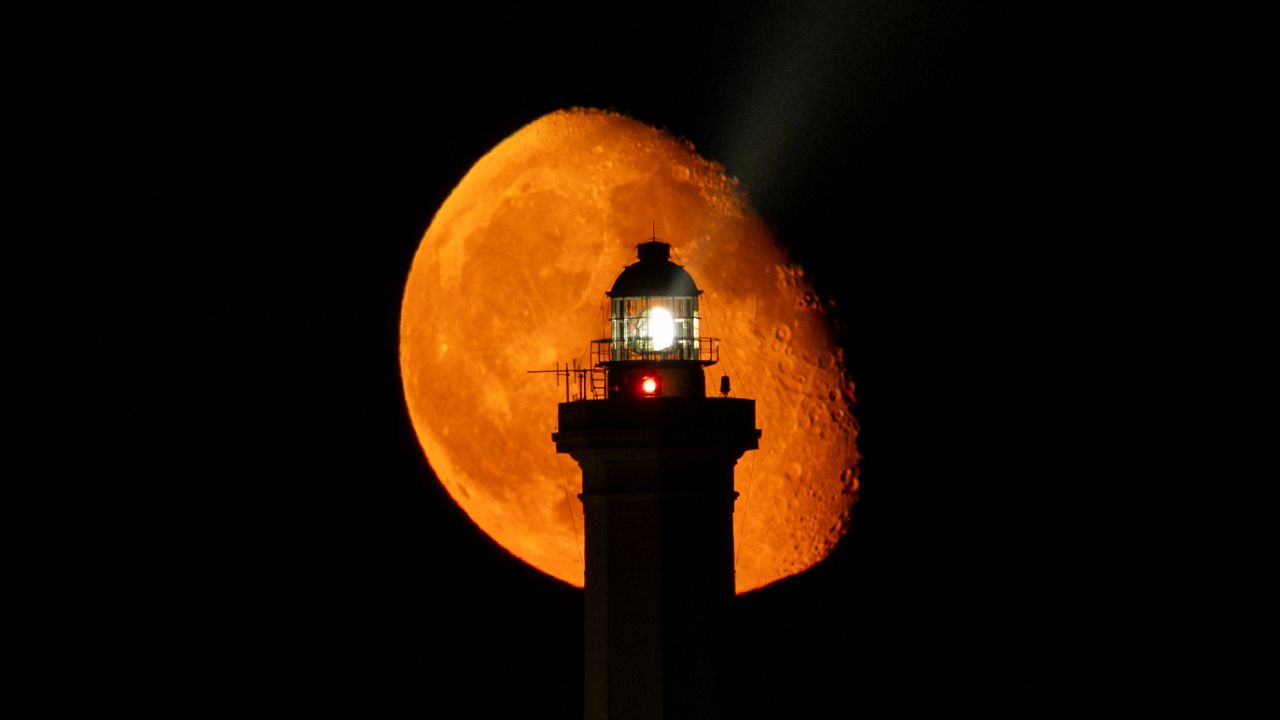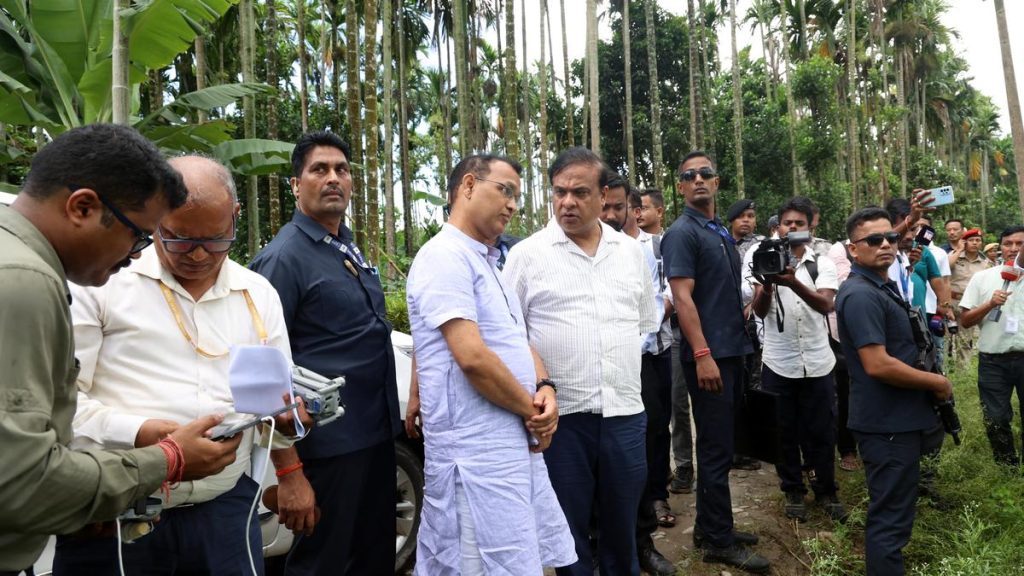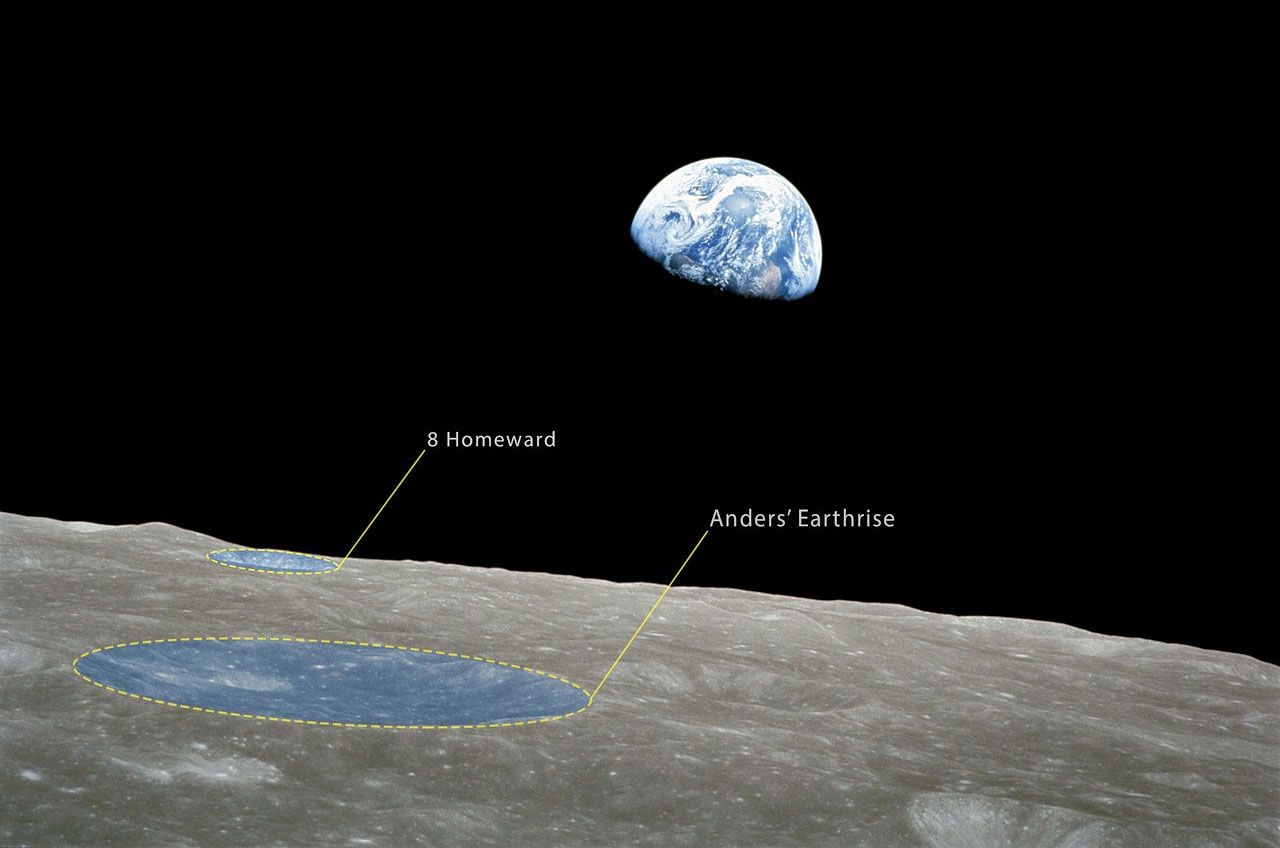Now Reading: August Moon Phases: Key Highlights to Watch Out For
-
01
August Moon Phases: Key Highlights to Watch Out For
August Moon Phases: Key Highlights to Watch Out For

Quick Summary
- The article explores the moon’s phases in August for amateur astronomers, highlighting notable features observable during each phase.
- First Quarter Moon (Aug. 1): Ideal for exploring Mare Tranquillitatis and Apollo 11’s landing site near ritter and Sabine craters.
- Full “Sturgeon Moon” (aug. 9): Focuses on Tycho Crater, known for its bright ray system formed after a massive asteroid impact. Visible lunar seas like Mare Crisium and Mare Tranquillitatis can be explored without equipment.
- Third Quarter Moon (Aug. 16): Features craters plato near Mare Frigoris and Archimedes below Montes Apenninus. copernicus and Kepler craters appear distinct the following night due to light interplay along their rims.
- New Moon (August 23): A dark lunar disk unobtrusively allows stargazing, including viewing of Milky way’s core or Earthshine phenomenon (“Da Vinci Glow”).
Indian Opinion Analysis
The detailed breakdown of August’s moon phases underscores india’s growing interest in observational astronomy, especially now as the country adds momentum to its space exploration projects through missions like Chandrayaan series.With an increase in telescope accessibility globally, India could benefit from promoting grassroots astrophotography initiatives that inspire young scientists adopting hobbyist-level sky exploration.
India’s unique geographic location also offers diverse visibility conditions for such events-favorable spots range from urban centers adapting observatories to rural areas with minimal light pollution ideal for deep space viewing during new moon phases.Leveraging these celestial phenomena is an prospect to cultivate public awareness of India’s scientific advancements while fostering greater dialog around astrophysics education.Read More

























